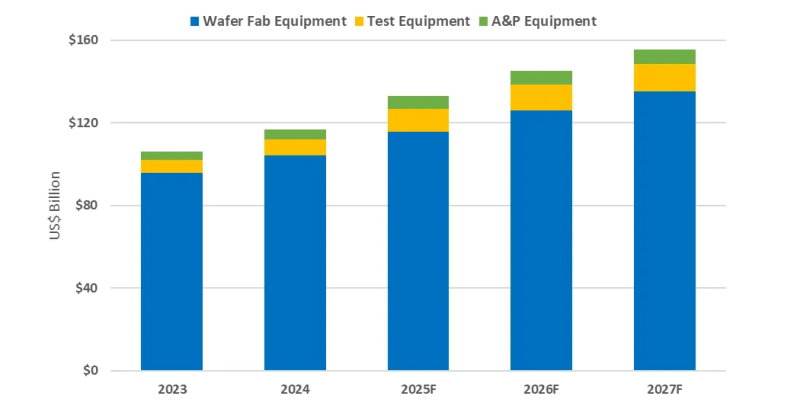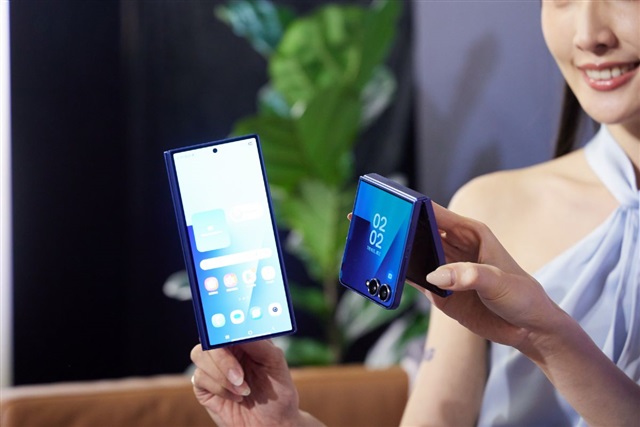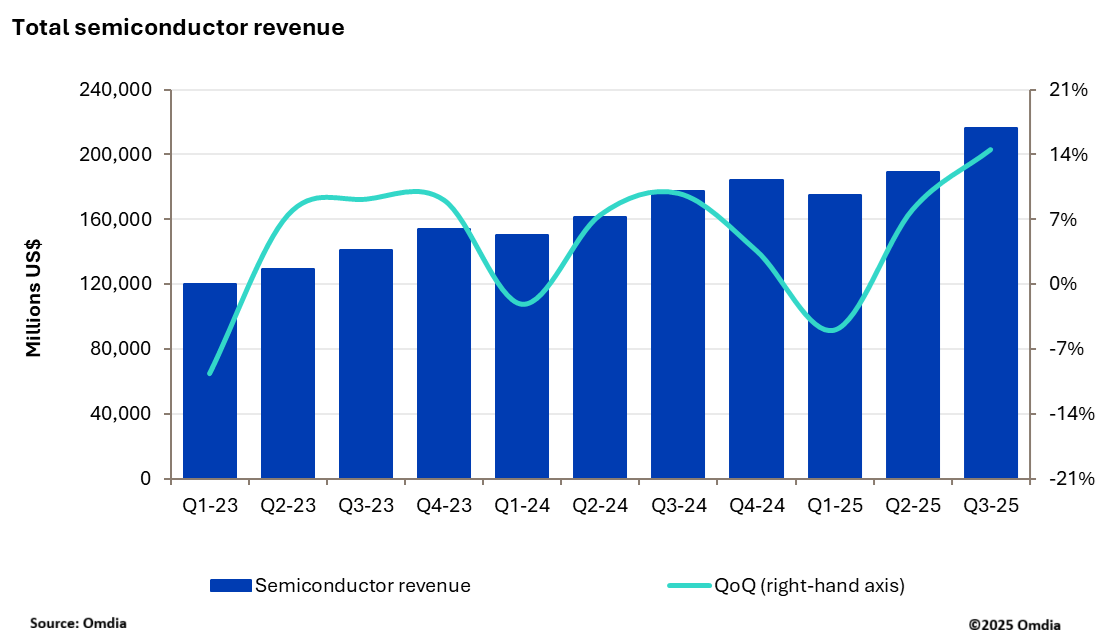The fresh fall air in Geneva this week appears to mirror the possibilities and benefits inherent in another expansion of the World Trade Organization (WTO) Information Technology Agreement (ITA), originally launched by the WTO in 1997 to eliminate tariffs on a broad swath of tech products, from cell phones to computers. By 2015, 53 nations came together for the ITA-2, further pushing the boundaries, eliminating more tariffs, and bolstering global trade to the tune of an additional $1.3 trillion.
This week, SIA is leading another delegation to Geneva—our fourth visit in a mere 18 months— to carry this torch further. A main focus of our delegation this time around is a freshly updated report from the Information Technology and Innovation Foundation (ITIF). This report, packed with new data, not only reiterates the importance of the full ITA membership, but also highlights the countless benefits of a potential ITA-3 to nations (both developed and developing), workers, diversification and resiliency of global supply chains, and the global environment.
The report examines over 400 unique ICT products as candidates for an ITA-3. These products include digital displays; energy-efficient technologies such as LED “light sources”; digital manufacturing technologies such as industrial robots and 3D printers; commercial-use drones; centrifuges, microscopes and other medical technologies and devices; semiconductor manufacturing parts and supplies; and storage batteries. The ITIF report finds if all 82 ITA-1 signatory countries were to join the proposed ITA-3, global GDP could cumulatively grow by $766 billion over the ensuing 10 years. This could mean a $208 billion surge for the U.S. GDP, the growth U.S. exports of ICT products by nearly $3 billion and the creation of nearly 60,000 new jobs in America.
Countries reluctant to join the ITA have seen themselves excluded from the global value chain for the production of ICT goods, missing out on significant growth opportunities. We would therefor urge them to consider joining ITA-1, ITA-2, and participate launching an ITA-3. Joining the ITA is especially important at a time when major economies are aiming to diversify their supply chains for increased resilience, security, and sustainability and are looking for geographies that provided zero-tariff treatment at the border.
The achievements of the ITA are not solely confined to economic growth. Semiconductor-enabled technologies, for example, can reduce greenhouse gas emissions by up to 15%, almost one-third of the reduction needed by 2030.[1] Semiconductors, which have been one of the biggest beneficiaries of the ITA, form the backbone of modern digitalized technologies – including electronics, computing hardware, telecommunications, electric vehicles, connected devices such as sensors and thermostats, and much more. Their availability, affordability, and environmental benefits are indispensable for a greener global economy.
Moreover, workers stand to gain tremendously. The ITA has helped revolutionize the workspace, enhancing remote work, broadening access to online education, streamlining online job searches, and expanding opportunities for remote services. This has empowered workers, increased employment, improved the work-life balance, and lifted overall job satisfaction.
As part of our work in Geneva this week, we are excited to co-host a panel with the Singapore Semiconductor Industry Association (SSIA) on the critical role of global semiconductor trade in driving energy efficiency and sustainability at this year’s WTO Public Forum, the WTO’s largest public outreach activity. The SIA-SSIA session will explore the vital relationship between global tech trade and environmental sustainability, and underscore the importance of rules-based trade and advancing new market access initiatives at the WTO.
As we wind through the streets of Geneva this week, our discussions promise to be as enlightening as the ITA agreement itself.
Stay up to date with the latest in industry offers by subscribing us. Our newsletter is your key to receiving expert tips.

Worldwide semiconductor equipment sales are projected to grow 13.7 percent in 2025, reaching a record 133 billion dollars, Semi announced at Semicon Japan. This momentum is expected to continue throug

The smartphone industry is facing considerable cost challenges in 2026 amid ongoing memory supply shortages and rising prices. This situation is expected to lead to a 1.6% decrease in annual shipments

New research from Omdia shows that the semiconductor market delivered a record breaking performance in 3Q25 with industry revenue reaching $216.3bn, up 14.5% quarter-over-quarter (QoQ). This marks the